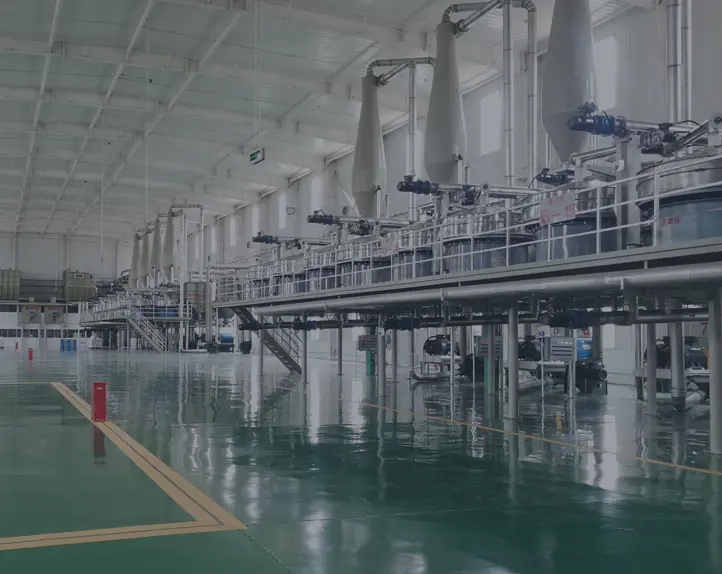
Tet . 19, 2024 05:50 Back to list
hydroxypropyl methyl cellulose cas no
Understanding Hydroxypropyl Methyl Cellulose (HPMC) and Its Applications
Hydroxypropyl Methyl Cellulose (HPMC) is a versatile cellulose ether derived from natural cellulose, a substance found in plant cell walls. This compound is characterized by its unique properties, making it an essential ingredient in a wide range of applications across various industries. The CAS number for HPMC is 9004-65-3, which provides a standardized identifier for this chemical compound.
HPMC is a white or off-white powder that is odorless and tasteless, making it suitable for use in food, pharmaceuticals, and personal care products. This compound is soluble in cold water, forming a clear gel or viscous solution, which is a significant property that enhances its functionality. The ability to create thickening and stabilizing systems is particularly valuable in many formulations.
In the food industry, HPMC serves as a thickening agent, emulsifier, and stabilizer. It is commonly used in sauces, dressings, and baked goods to improve texture and consistency. Its low-calorie content also makes it an attractive option for food manufacturers focusing on health-conscious products. Additionally, HPMC can serve as a gelling agent in various confectioneries, contributing to desired mouthfeel and sensory attributes.
hydroxypropyl methyl cellulose cas no

In the realm of pharmaceuticals, HPMC plays a critical role in drug formulation. It is utilized as a binder in tablet manufacturing, providing granulation properties that ensure proper uniformity and consistency of the final product. Moreover, its ability to form gels makes it an excellent candidate for controlled-release drug formulations. This characteristic allows for the gradual release of active ingredients, enhancing therapeutic efficacy and patient compliance.
HPMC is also widely used in the production of personal care products, such as lotions, creams, and shampoos. Its thickening and stabilizing capabilities help improve the texture and appearance of these formulations. Additionally, HPMC can act as a film-forming agent, contributing to the long-lasting properties of cosmetic products, including makeup and sunscreens.
Furthermore, the construction industry has embraced HPMC for its water-retention properties, making it valuable in cement and plaster formulations. It aids in improving workability and reduces the risk of cracking by retaining moisture longer during the drying process.
In conclusion, Hydroxypropyl Methyl Cellulose (HPMC) is a multifunctional polymer that plays a vital role in various sectors, including food, pharmaceuticals, personal care, and construction. Its diverse applications stem from its unique physical and chemical properties, such as thickening, emulsifying, and gel-forming abilities. As industries evolve and seek innovative solutions, HPMC continues to be a vital ingredient, enhancing product performance and paving the way for new advancements in formulation technology.
-
Unlocking the Benefits of HPMC Products: A Gateway to Versatile Applications
NewsAug.07,2025
-
Unleashing the Potential of HPMC Ashland: A Comprehensive Look
NewsAug.07,2025
-
Tile Bonding Cellulose: The Key to Superior Adhesion and Durability
NewsAug.07,2025
-
Hydroxypropyl Methylcellulose Powder: The Versatile Component in Modern Pharmaceuticals
NewsAug.07,2025
-
Hydroxyethyl Cellulose: The Versatile Solution for Various Industries
NewsAug.07,2025
-
Hydroxyethyl Cellulose (HEC): The Versatile Polymer for Various Applications
NewsAug.07,2025







